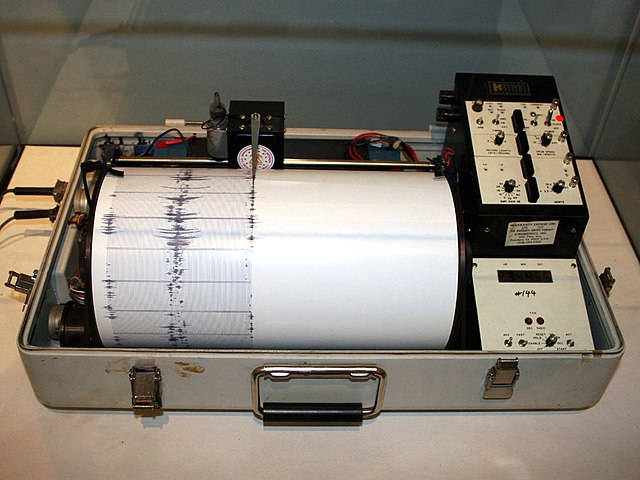Zigzag
Pattern made up of small corners at variable angles From Wikipedia, the free encyclopedia
A zigzag is a pattern made up of small corners at variable angles, though constant within the zigzag, tracing a path between two parallel lines; it can be described as both jagged and fairly regular.

In geometry, this pattern is described as a skew apeirogon. From the point of view of symmetry, a regular zigzag can be generated from a simple motif like a line segment by repeated application of a glide reflection.
Although the origin of the word is unclear, its first printed appearances were in French-language books and ephemera of the late 17th century.[1]
Examples of zigzags



- The trace of a triangle wave or a sawtooth wave is a zigzag.
- Pinking shears are designed to cut cloth or paper with a zigzag edge, to lessen fraying.[2]
- In sewing, a zigzag stitch is a machine stitch in a zigzag pattern.[3]
- The zigzag arch is an architectural embellishment used in Islamic, Byzantine, Norman and Romanesque architecture.[4][5]
- In seismology, earthquakes recorded in a "zigzag line" form by using seismograph.[6]
See also
References
Bibliography
Wikiwand - on
Seamless Wikipedia browsing. On steroids.